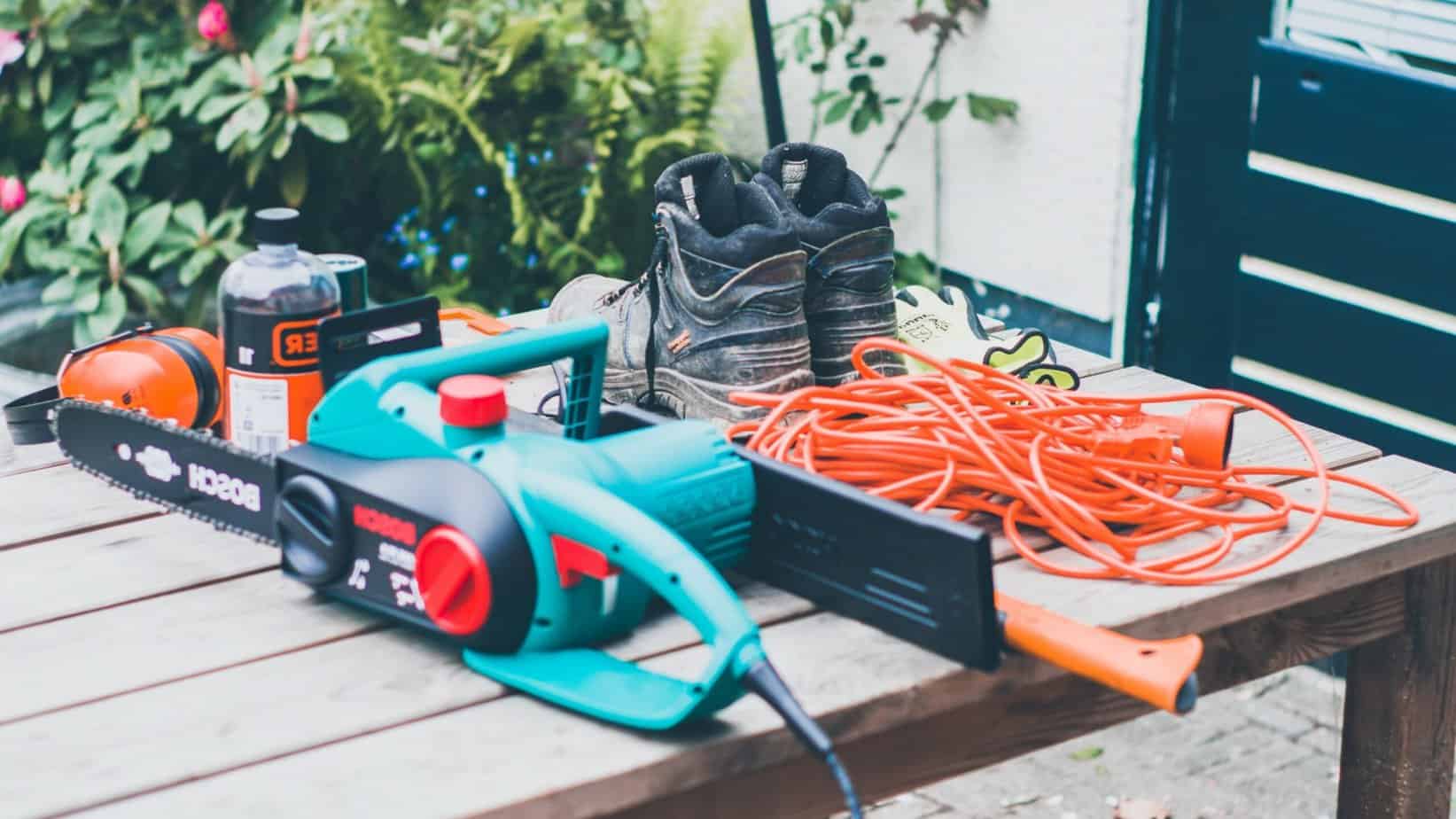We all know that power extension cords are an essential part of our everyday work. They help us get power where we need it, whether we're on a construction site or fixing a customer's home. But have you ever thought about how important it is to use and store these cords safely? In this blog post, we'll dive into the ins and outs of power extension cord safety and share some tips on how to store them properly, ensuring they last longer and keep you safe.
Choosing the Right Extension Cord
Before we get into the nitty-gritty of using and storing your extension cord and reels, let's talk about picking the right one for the job. It's crucial to understand power ratings and cord lengths, as using an inadequate cord can lead to overheating or even fires. So, always choose a cord that can handle the power requirements of your tools and equipment.
Safe Use of Power Extension Cords
Now that you've got the right cord for the job, let's talk about using it safely. Before you plug in, inspect the cord to make sure there's no damage or wear. Check for frayed insulation, exposed wires, or loose plugs and sockets. If you find any issues, it's best to replace the cord rather than risk a dangerous situation.
When setting up your workspace, pay attention to where you position the extension cord. Route it in a way that avoids tripping hazards and keeps it away from heat sources or sharp objects that could damage it. Also, never run cords under rugs or carpets, as this can cause overheating and increase the risk of fire.
Overloading extension cords is a big no-no. To prevent this, calculate the power requirements of the tools you'll be using and ensure your cord can handle the load. If you need to plug in multiple devices, use a surge protector or power strip rated for the job. And always remember to unplug cords when they're not in use.
Working outdoors comes with its own set of challenges. Make sure to use weather-resistant cords with features like waterproof plugs and sockets. Also, consider using a ground-fault circuit interrupter (GFCI) to protect against electrical shocks in damp or wet conditions.

Storing Power Extension Cords
Proper storage is just as important as safe use. After unplugging your cord and allowing it to cool down, it's time to wind it up. There are several winding techniques you can use, but two popular methods are the over-under and hand-to-elbow techniques. The over-under method involves winding the cord in alternating directions, reducing the chances of kinks and tangles. The hand-to-elbow method is more straightforward: simply wind the cord around your hand and elbow in a figure-eight pattern. Both methods will keep your cords organized and ready for the next job.
When storing your cords, choose a cool, dry location away from direct sunlight or heat sources. Exposure to moisture or extreme temperatures can damage the insulation and affect the cord's performance. If you have multiple cords, consider labeling them to make it easier to find the one you need when you need it.
Regular Maintenance and Inspection
Just like any other tool in your arsenal, power extension cords require regular maintenance and inspection to ensure their safety and longevity. Schedule routine checks, preferably before each use, to spot any potential issues early. Look for signs of wear, like frayed or damaged insulation, and check the plugs and sockets for any looseness or damage.
If you come across any issues during your inspection, address them immediately. Sometimes, a simple repair like replacing a plug or socket can make your cord safe to use again. However, if the damage is extensive, it's best to replace the cord altogether. Knowing when to let go of a worn-out cord is crucial for maintaining safety on the job.

Unsafe extension cords.
Conclusion
Power extension cord safety and proper storage should never be an afterthought for tradespeople. By choosing the right cord for the job, using it safely, and storing it correctly, you can prevent accidents and ensure the longevity of your extension cords. A proactive approach to maintenance and inspection will also help you spot issues early and keep your cords in good working order.
Remember, your safety and the safety of those around you depend on the proper use and care of your tools, including power extension cords. So, follow these guidelines and make extension cord safety a top priority in your daily work routine. Happy working, and stay safe out there!
